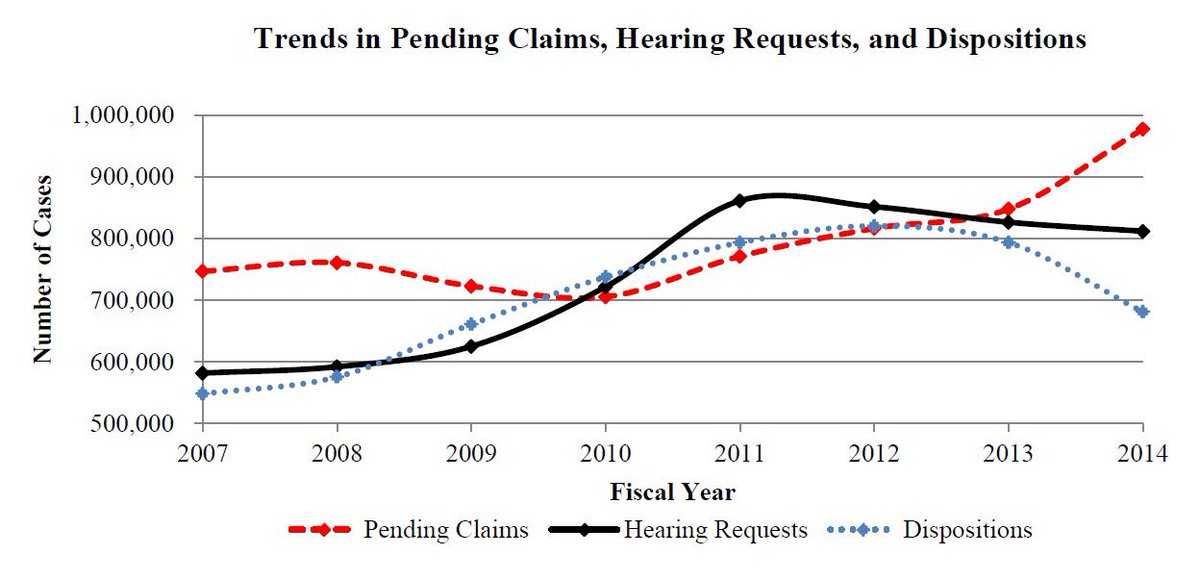From a recent report by Social Security's Office of Inspector General (OIG):
...[T]he American Psychiatric Association revised the manual [DSM] used to diagnose and classify mental disorders, which it published in May 2013. However, SSA [Social Security Administration] had not updated the mental medical listing since August 1985. ...
[T]he mental medical listing represents the most used body system, and any proposed changes are usually controversial. SSA issued an NPRM [Notice of Proposed Rule-Making] in August 2010, and it had to address many public comments while considering changes in technology and medicine. SSA’s Office of Disability Policy addressed public comments and circulated the draft to other SSA components for review. According to SSA, these revisions were contentious, and the Office of Disability Policy received and addressed substantive comments then circulated a revised draft for comments. SSA needs to reach consensus among its various components. With all these issues, it has taken the Agency over 5 years to move the mental medical listing update from the NPRM to the final revision. SSA projects that the mental medical listing will be finalized in spring 2016 ...Why do I have a feeling that these mental Listings will get pushed back even further?
